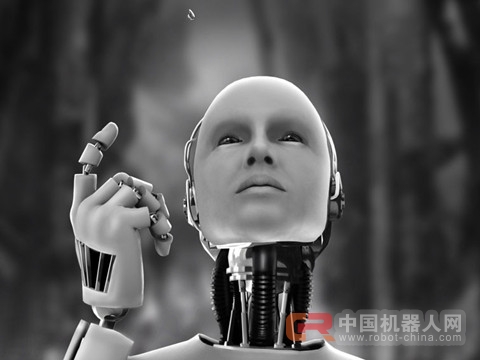The McKinsey Global Institute released on the 13th "Future Industries: Automation, Employment and Productivity" report pointed out that the current discussions on robotics, artificial intelligence (AI) and machine learning such as automation technology focus mainly on its possible oversupply of labor and the accompanying large-scale Unemployment, this view is biased. The view that artificial intelligence and other technologies cause large-scale unemployment may be biased. According to the report, as the population of developed and developing countries is aging, society needs not only robots but also individuals to contribute labor. In other words, unless automation is widely used, it is more likely that there will be a labor shortage rather than a surplus. The report data shows that the work that can be automated in the global economy involves the equivalent of 1.1 billion employees and 11.9 trillion US dollars in wages. The impact of China, Japan, India, and the United States will be particularly evident: The four major economies can automate two-thirds of the global work position, equivalent to more than half of the total payrolls in the world. In addition, Europe is also significantly affected by automation: France, Germany, Italy, Spain and the United Kingdom will have more than 54 million full-time employees and more than 1.9 trillion US dollars in compensation expenses. 
The report pointed out that the large-scale workforce transformation driven by automation technology will continue for several decades. There has been a precedent in the history of similar workforce transition: Under the impetus of technology, the agricultural labor force of the developed countries throughout the 20th century has been greatly reduced, but it has not appeared for a long time. , large-scale unemployment, this is because technological development also derived from the new work style that was not foreseen before. The report stated that it is not possible to say whether this time is different from before, but believes that automation can fill part of the GDP growth caused by the slowdown in the growth of the working-age population. The analysis also shows that manpower is still irreplaceable. In the case of humans and machines working together, automation can increase global productivity by 0.8% to 1.4% per year. Ni Yinli, general manager of McKinsey's Hong Kong branch, also believes that working with people and machines will become the norm in the future. It needs to consider the issue of professional reconfiguration rather than mass unemployment. Temporary unemployment may occur, but the machine will replace those repetitive tasks and allow humans to have time to do things that only humans can do. The report also pointed out that due to the automation of part of the work activities to change the workflow, the nature of human work will fundamentally change. This change will lead to changes in the corporate organizational structure, industrial competition landscape and foundation and business model. Policy makers need to encourage companies to invest in technology and rethink economic development plans. Companies need to transform business and work processes, and provide second-degree training for employees who change jobs after machines replace labor.

The report pointed out that the large-scale workforce transformation driven by automation technology will continue for several decades. There has been a precedent in the history of similar workforce transition: Under the impetus of technology, the agricultural labor force of the developed countries throughout the 20th century has been greatly reduced, but it has not appeared for a long time. , large-scale unemployment, this is because technological development also derived from the new work style that was not foreseen before. The report stated that it is not possible to say whether this time is different from before, but believes that automation can fill part of the GDP growth caused by the slowdown in the growth of the working-age population. The analysis also shows that manpower is still irreplaceable. In the case of humans and machines working together, automation can increase global productivity by 0.8% to 1.4% per year. Ni Yinli, general manager of McKinsey's Hong Kong branch, also believes that working with people and machines will become the norm in the future. It needs to consider the issue of professional reconfiguration rather than mass unemployment. Temporary unemployment may occur, but the machine will replace those repetitive tasks and allow humans to have time to do things that only humans can do. The report also pointed out that due to the automation of part of the work activities to change the workflow, the nature of human work will fundamentally change. This change will lead to changes in the corporate organizational structure, industrial competition landscape and foundation and business model. Policy makers need to encourage companies to invest in technology and rethink economic development plans. Companies need to transform business and work processes, and provide second-degree training for employees who change jobs after machines replace labor.
GALOCE Multi-axis Load Cell offers 0-10N / 0-20N /0-30N / 0-50N four rated measuring ranges for all three axes, each axis supports both tension and compression force measurement. 3-axis Force Sensor adopts independent wheatstone full bridge for each axis to deliver mV/V output proportional to the applied force and requires no mathematical manipulation. Typical applications for this type of transducer are for example friction force measurement, force control in robotics, force monitoring in handing devices, industrial test benches,etc..
Multi-component force sensor,Multi Axis Load Cell,multicomponent transducer,3 Axis Load Cell
Xi'an Gavin Electronic Technology Co., Ltd , https://www.galoce-meas.com